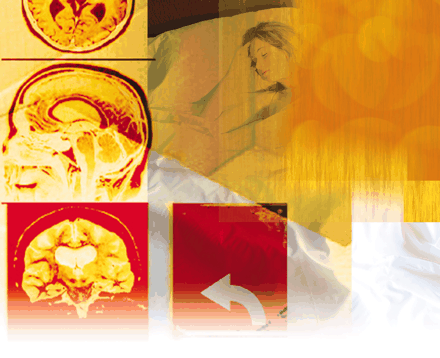Neuropeptide S: A New Player in the Modulation of Arousal and Anxiety
Abstract
Neuropeptide S (NPS) is a newly identified transmitter that modulates arousal and fear responses. NPS activates an orphan G protein–coupled receptor that is expressed throughout the central nervous system, including brain centers that regulate sleep/wakefulness and anxiety. In contrast, the NPS precursor mRNA is found only in a few discrete nuclei in the brainstem as well as in a few scattered cells in the hypothalamus and amygdala. The most prominent expression of NPS precursor is found in a previously uncharacterized cluster of neurons in the pontine area, located between the noradrenergic locus ceruleus and Barrington’s nucleus. Central administration of NPS induces long-lasting arousal and suppresses all stages of sleep. In addition, NPS produces an anxiolytic profile in a variety of behavioral models. The unique pharmacological spectrum of NPS makes it an interesting target for pharmaceutical development. It also enhances our understanding of the neurobiological mechanisms of sleep/wakefulness regulation and the neuronal processing of stress.

- © American Society for Pharmacology and Experimental Theraputics 2005



